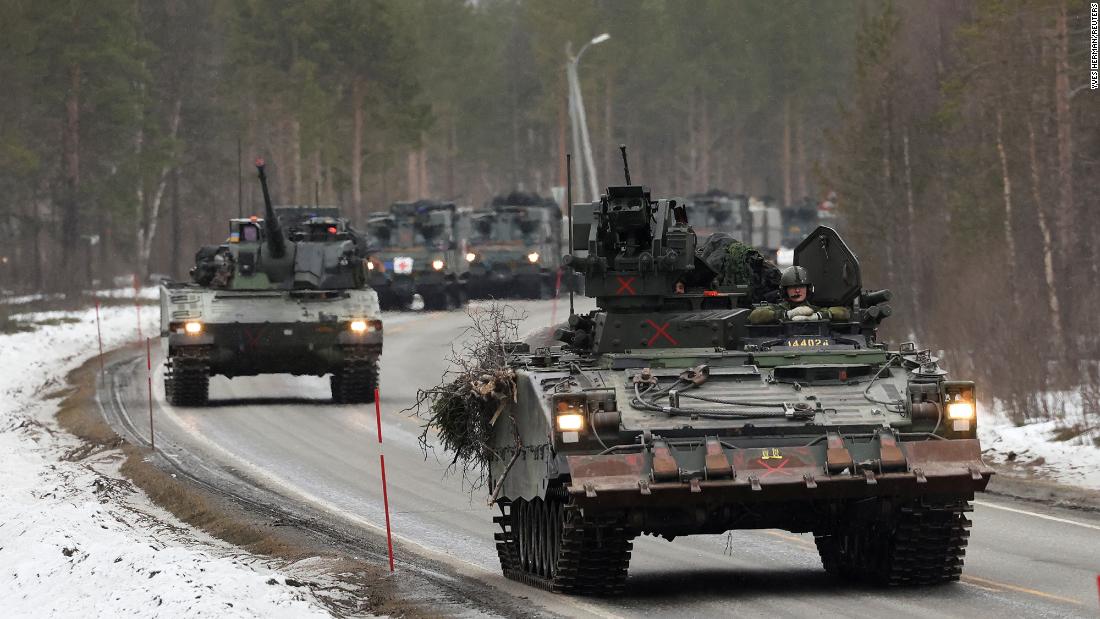
Here is the latest about the process and the key points under discussion.
The coming days are crucial. On May 12, Finland will decide to apply for NATO membership, newspaper Iltalehti reported on Sunday, citing anonymous Finnish government sources.
It would come in two steps, Iltalehti reported. President Sauli Niinisto would first announce his approval for Finland to join, followed by parliamentary groups giving their approval for the application.
There would be no plenary vote in parliament but parliamentary group leaders expressing their groups’ decisions.
Reuters was not immediately available to confirm the report.
In Sweden, parliament is conducting a security policy review, including the pros and cons of joining the alliance, with the results due on May 13. There is already a majority in parliament in support of NATO membership.
In parallel, the ruling Social Democrats, the biggest party in every election for the last 100 years, will have an internal debate on May 9-12 on whether to drop long-standing opposition to NATO membership, with the party leadership to take a decision by May 24 at the latest.
Finland and Sweden would like to have some guarantees that NATO member nations would defend them during any transition period, when they would be applicants to the alliance, but not yet in.
Ratification can take a year, NATO diplomats say, as parliaments of all 30 NATO countries need to approve new members.
NATO Secretary General Jens Stoltenberg has said the countries could join “quickly” and that he was sure arrangements could be found for the interim period.
The United States and Britain have promised Sweden “increased military presence, more in-depth military exercises and ‘strong political’ support from NATO countries” during a possible NATO application process, Swedish daily Aftonbladet reported.
“But at the same time NATO member countries have an interest in that no security breaches would take place during the application period,” Haavisto said, adding that Finland could, for instance, hold enhanced military exercises with NATO members during that time.
Russia and Finland share a 1,300-km (810-mile) border; the Kola Peninsula is a “strategic bastion” Moscow considers key for Russia’s national security. It is also the home of the Russian Northern Fleet, and Russia’s second-biggest city, St. Petersburg, lies some 170 km from the border with Finland.